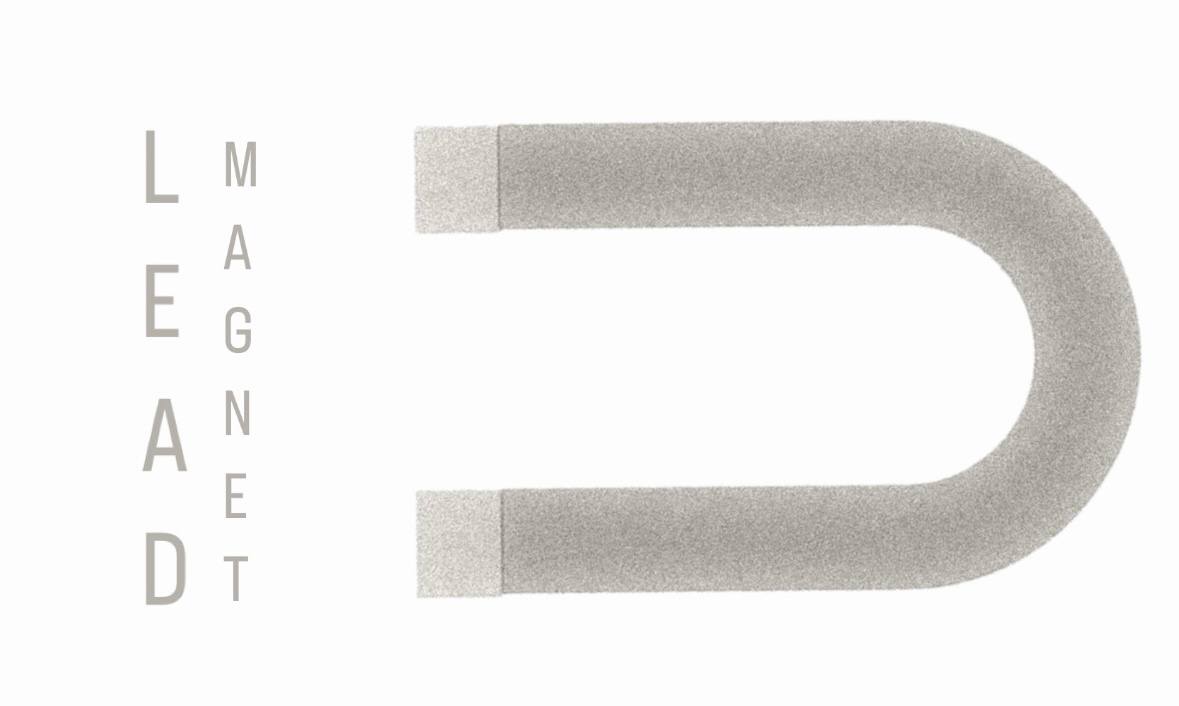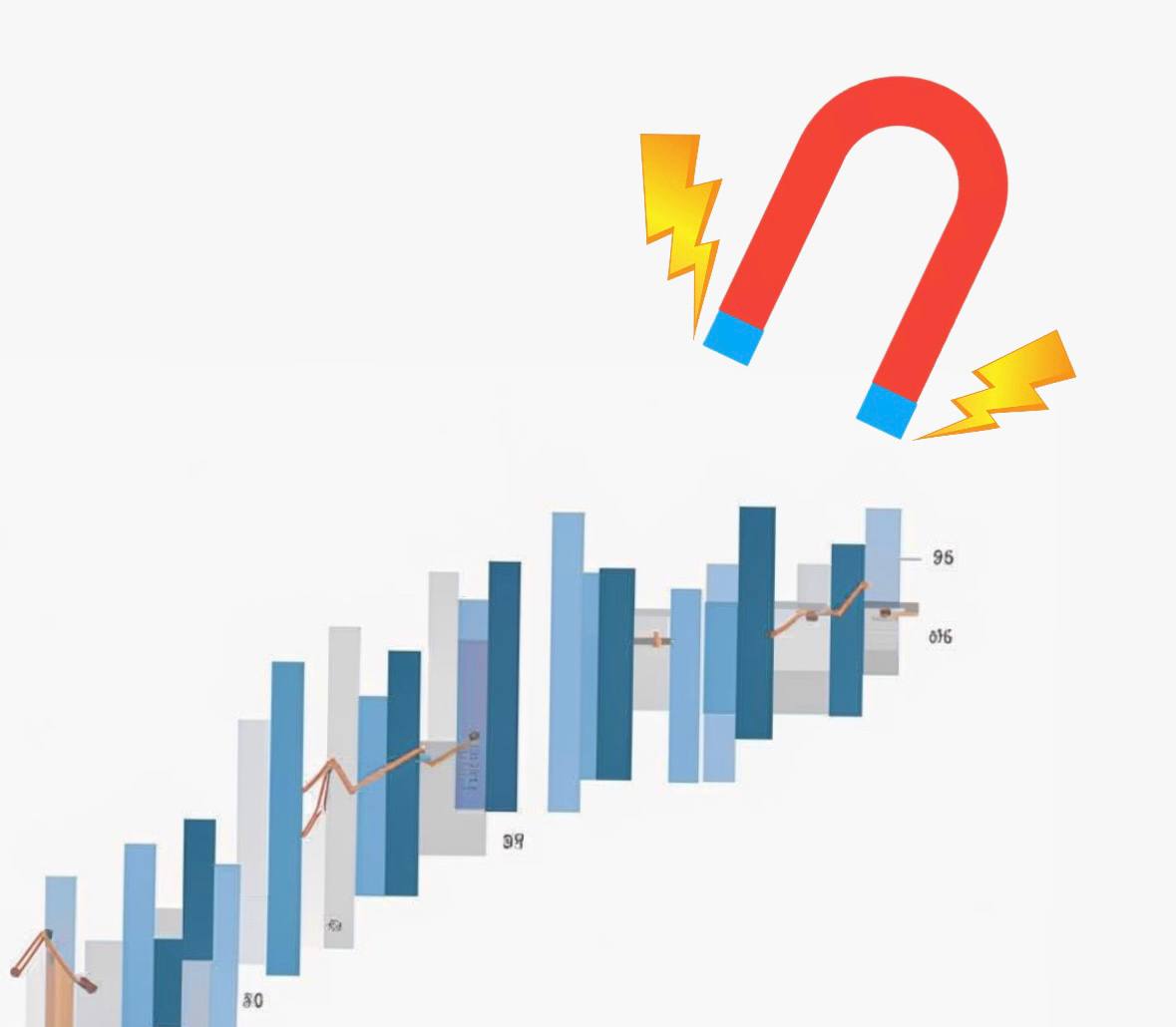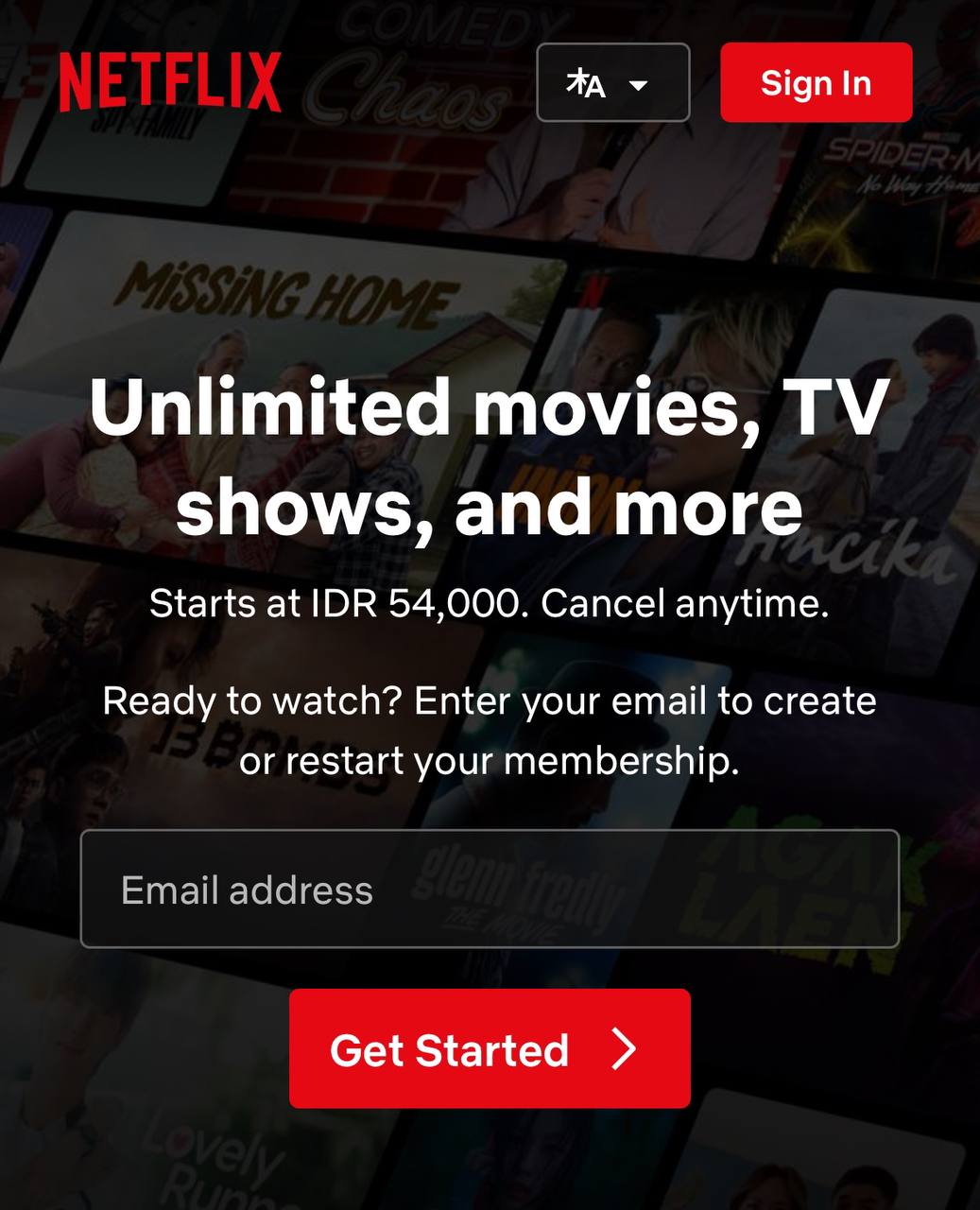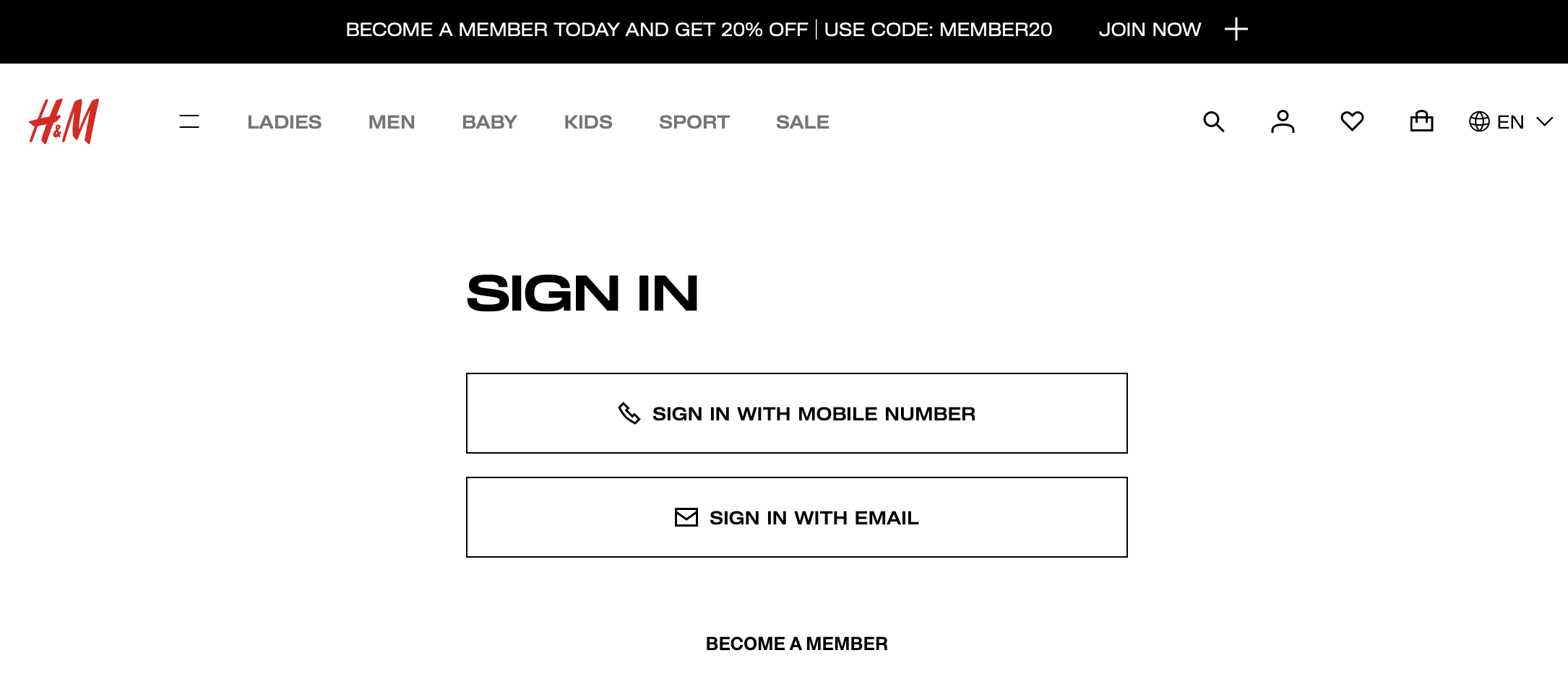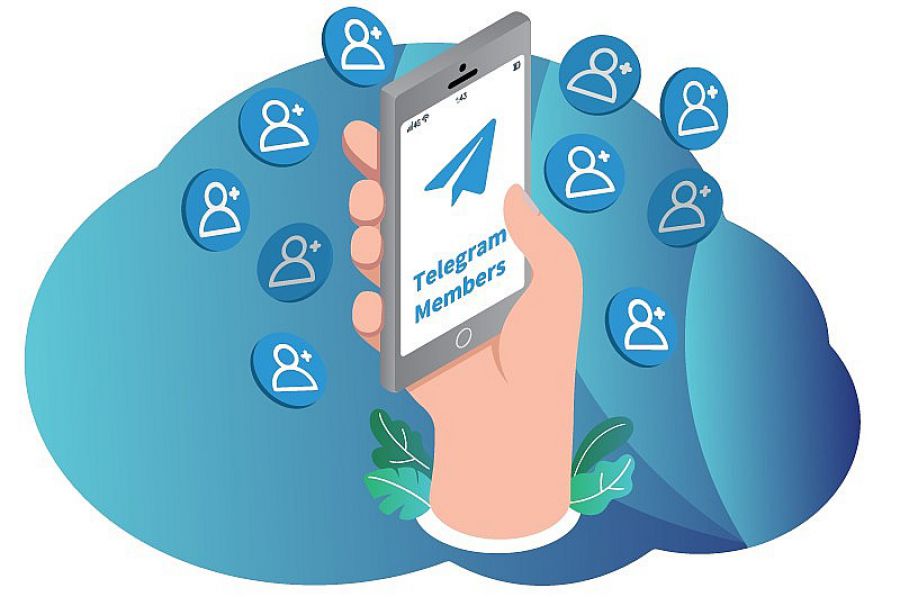What is a Lead Magnet and Why Do You Need It?
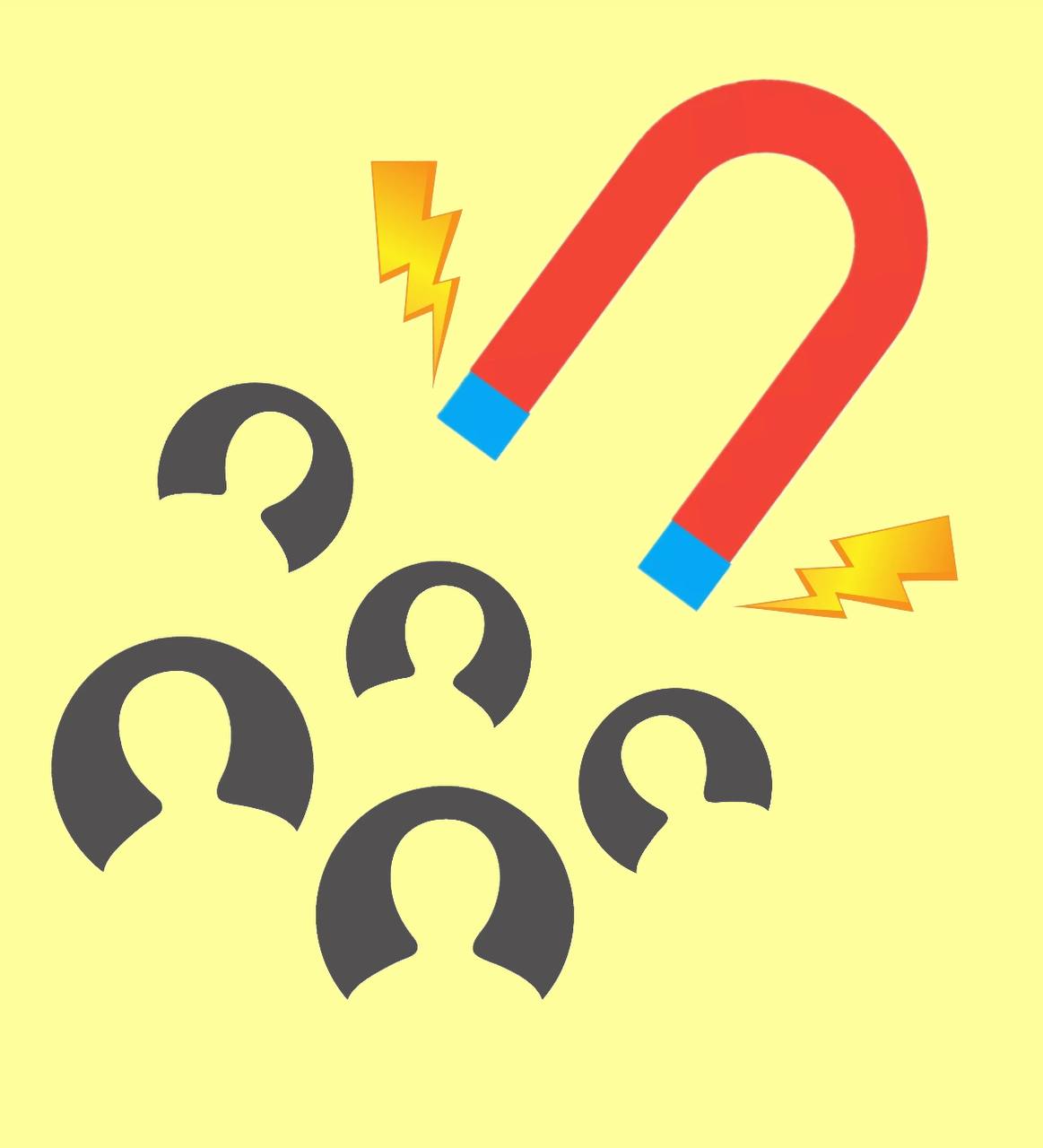
A lead magnet is a marketing tool used to attract and collect contact information from potential clients. It is typically a free offer, a useful and instantly downloadable piece of content, provided to users in exchange for their email address or phone number.
In this article we discuss the key aspects of creating lead magnets and working with them.
Why Are Lead Magnets Necessary and Important?
A lead magnet is essentially a sample that not only provides essential customer data but also helps make a positive first impression. What advantages can this tool offer in your work?
Attracting Your Target Audience. A lead magnet helps attract people who are interested in your niche or area of expertise. This allows you to work not with cold contacts but with potential customers already showing interest.
Building a Contact List. With a lead magnet, you collect contact information that can be used for further engagement with customers.
Boosting Loyalty. By offering valuable and free information, you can showcase your expertise and willingness to help solve pressing problems. Often, this approach builds trust and encourages further interaction, creating a positive brand image.
Increasing Conversions. Users who receive something useful for free are more likely to consider paid offers. A lead magnet helps smoothly transition from initial interest to deeper engagement, eventually leading to sales.
How to Choose and Create an Effective Lead Magnet
To ensure a lead magnet delivers results and the resources invested in it pay off, it must meet several key criteria:
Focus on Solving a Problem/Issue. Understanding the pain points and interests of your target audience is crucial. The more useful a lead magnet is and the more needs it satisfies, the more often and actively it will be shared among customers.
Simplicity and Ease of Use. The lead magnet should clearly convey how and where it can be applied. Moreover, if it is provided in a convenient format (e.g., audio, PDF, checklist, or infographic), the conversion rate of such a product will be higher.
Uniqueness. Simply copying a successful product or doing what others have already implemented is not enough. To stand out from the crowd, the lead magnet must offer unique content and be attractively designed.
Valuable Offering. Following the previous point, a lead magnet must offer value and utility. It should provide something that is difficult or impossible to find in open access.
Attractive Design. A quality lead magnet is easy to understand and visually appealing. Every detail should be considered: font, text placement, design, color scheme, and more.
Clear Call to Action (CTA). Before publishing the lead magnet, make sure that the CTA is clear and motivating. The user should be encouraged to subscribe, leave their contact information, register in an app, or take other desired actions.
An effective lead magnet should offer value and be engaging for the target audience. It’s best to choose a topic directly related to the company’s products or services and provide useful information that helps potential customers solve their problems.
The effectiveness of a lead magnet can be measured by the number of downloads, the conversion funnel, the number of leads, etc. It's important to monitor performance and analyze which elements of the lead magnet work best to attract users.
Examples of Lead Magnets
There are many ways to categorize lead magnets. They can be educational, entertaining, or useful content, as well as a part of the sales funnel.
Check-lists and Guides. These are simple and well-packaged tools that can be immediately applied to work or everyday life. Typically, these are small files with a concise summary of useful information that can be read in just a few minutes.
Webinars and Online Courses. Free educational events that help users solve specific problems and can "warm them up" for future purchases of a product or service.
Trials and Demos. Free test versions of products or services that help users make quicker decisions about whether to continue using them.
Discounts and Coupons. Special offers for new customers who provide their contact details (phone number or email). This type of lead magnet is often used by popular clothing brands on their websites.
How and Where to Promote a Lead Magnet
What channels can be used to distribute a lead magnet?
Social Media. Sharing information about the lead magnet in posts, stories, Reels, and clips on social platforms. The more diverse the promotion methods, the wider the audience that the lead magnet will reach.
Website and Blogs. Creating a dedicated page on your website with detailed information about the lead magnet, and actively integrating it into the content.
Bot Messages in Telegram, WhatsApp, Instagram Direct. You can set up the delivery of the lead magnet so that users receive the information automatically when they enter a code word or click a button.
Email Marketing. A classic method of using your existing database to promote the lead magnet and attract new subscribers. Email marketing for Shopify is one of the most effective ways to drive repeat purchases, recover abandoned carts, and build customer loyalty on Shopify
Reply Messages. If you expect a low volume of requests, you can offer the audience to send a code word in the comments or direct messages to your business account. The downside of this approach is that lead magnet distribution will be done manually, which takes time.
Step-by-Step Guide to Creating a Lead Magnet
-
Define Your Target Audience. Start by analyzing your target audience, their needs, interests, and pain points. Formulate key questions you can answer to attract the attention of potential clients and be helpful to them.
-
Choose the Format of the Lead Magnet. This could be a checklist, guide, practical manual, presentation, mind map, video tutorial, or other formats.
-
Create a Valuable Offer. Ensure that your lead magnet solves a specific problem or meets a need. Formulate a unique selling proposition (USP), highlighting the benefits your potential client can gain.
-
Design and Presentation. The effectiveness of a lead magnet lies not only in the information it provides but also in its design. Use an attractive headline, visuals, and infographics. Structure the content for easy consumption.
-
Add a Call to Action (CTA). Clearly and specifically indicate what action should be taken: download, subscribe, like, etc. Include a form to collect contacts with a minimal number of fields (e.g., name and email).
-
Optimize the Promotion Page. Create a landing page where your lead magnet will be hosted. Include real testimonials and case studies to increase user trust.
-
Scale Your Presence Across Multiple Channels. Use email marketing, social media, blogs, ads, and other available tools to draw attention to the lead magnet. Don't limit yourself to just one platform.
-
Analyze Results and Adapt. Track conversion rates (downloads, subscriptions) and improve the lead magnet based on the data. Regularly check the performance and make necessary adjustments.
-
Protect Client Data. Ensure secure handling of users' contact information, comply with privacy regulations, and inform users how their data will be used.
Conclusion
Lead magnets are a popular tool for attracting users, allowing you to collect potential clients' contact information and build long-term relationships. When used correctly and with constant analysis of the results, lead magnets can become a key element of your marketing strategy.
Try Popsters Trial plan to get content activity statistics of any pages for a next 7 days for free
Try for free
